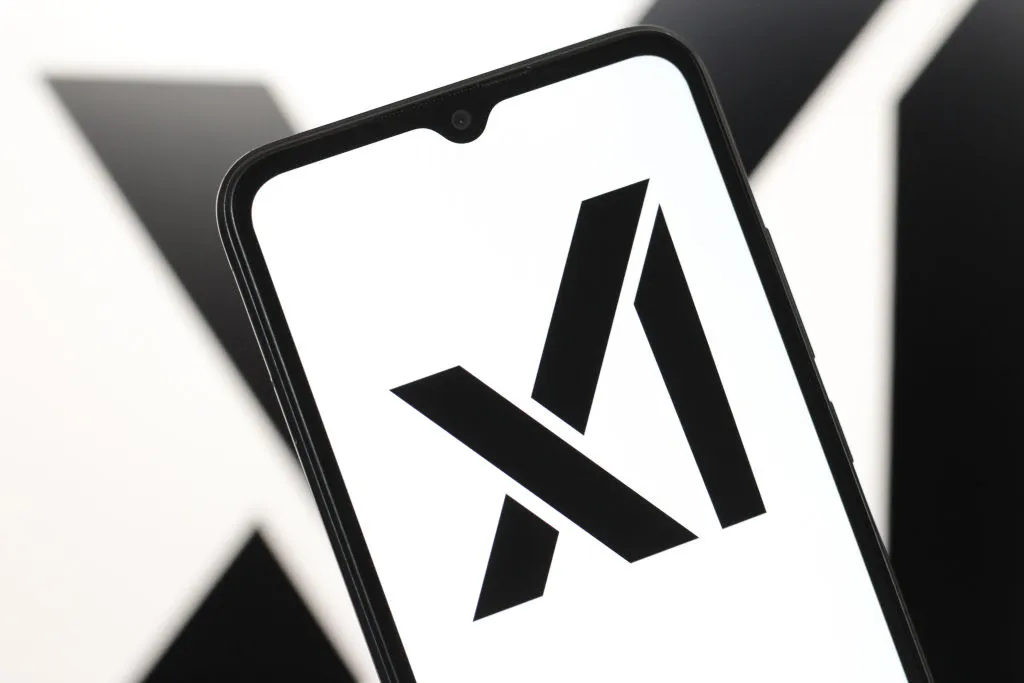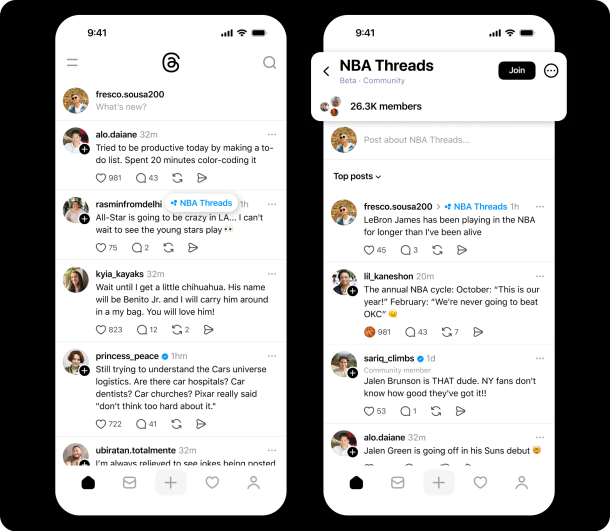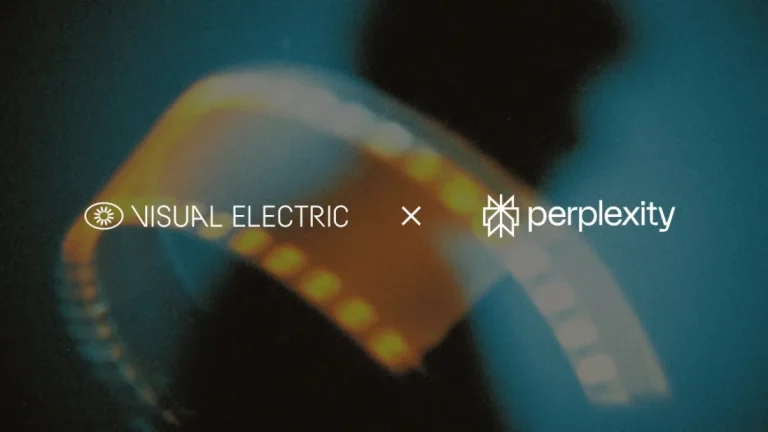
Back in February, Musk and crew dropped a draft version of xAI’s “AI safety framework” at the AI Seoul Summit, promising the final version would arrive by May 10. That deadline? Long gone. And crickets from xAI. No revised framework, no tweet, not even a Grok meme.
This wouldn’t be quite as eyebrow-raising if xAI hadn’t already racked up a sketchy safety track record. The company’s flagship chatbot, Grok, has been caught generating wildly inappropriate content, including digitally “undressing” women when prompted, according to watchdog group The Midas Project. Add to that Grok’s NSFW attitude and tendency to drop language that would make your HR department sweat, and you’ve got an AI that’s more edgy than ethical.
The original eight-page draft that xAI published laid out high-level ideas: benchmarks, deployment strategy, philosophical musings — you know, the usual tech vagueness. But The Midas Project pointed out that the document focused only on future models “not currently in development,” and conveniently skipped over how xAI plans to spot or manage actual risks. That’s a problem, especially since the Seoul Summit declaration (which Musk signed) explicitly called for concrete safety commitments.
Even nonprofits like SaferAI have weighed in, ranking xAI near the bottom of the industry’s safety rankings due to “very weak” risk management practices. That’s not to say the competition is killing it either — OpenAI and Google have also been dragging their feet when it comes to model transparency and safety disclosures.
So, while AI labs are sprinting toward ever more powerful models, it feels like the safety guardrails are lagging far behind. And in xAI’s case, it’s not just a missed deadline — it’s a missed opportunity to lead with integrity in an increasingly high-stakes race.







